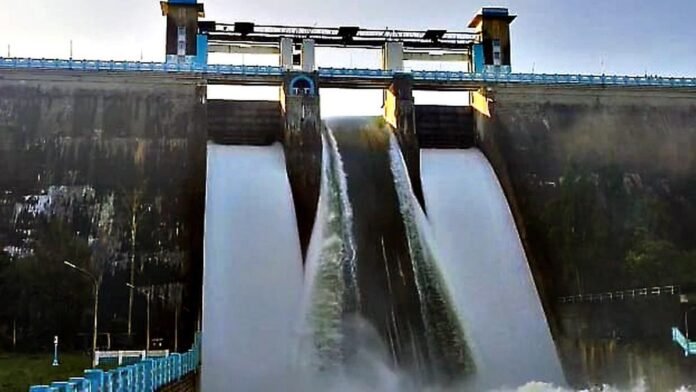In a significant move to improve water management and bolster agricultural infrastructure, the Tamil Nadu government has sanctioned ₹500 crore for the rejuvenation of 5,000 minor irrigation tanks across rural regions. This ambitious project aims to enhance water storage capacity, restore traditional water resources, and support agricultural activities in the state.
Funding Structure and Project Oversight
The project will receive ₹250 crore from the State Budget and an additional ₹250 crore as a grant from the State Finance Commission. The Rural Development and Panchayat Raj Department will oversee the allocation and execution of the funds, ensuring that the project meets its objectives of improving water resources at the grassroots level.
Current Situation of Water Bodies in Tamil Nadu
Tamil Nadu is home to 22,051 minor irrigation tanks and 69,777 ponds or ooranis (traditional water storage systems). These structures, managed by local panchayat unions and village panchayats, play a crucial role in sustaining agriculture and providing water to rural communities. However, many of these tanks and ponds have fallen into disrepair, leading to reduced water storage capacity and increased reliance on groundwater.
Project Scope and Execution
The rejuvenation project will focus on several key areas:
- Desilting and Deepening: Removing silt and deepening the tanks to enhance water storage.
- Bund Repair: Repairing or reconstructing bunds (raised banks) to prevent water seepage and increase tank durability.
- Clearing Supply Channels: Ensuring that water channels leading to the tanks are clear and functional, allowing for uninterrupted water flow.
The project’s ultimate goal is to restore the irrigation tanks to their original condition, thus increasing water retention and improving the local water table (the underground water level).
To ensure effective implementation, a district-level committee, chaired by the District Collector, will review and approve the plans for each tank. This approach ensures that the rejuvenation efforts align with local needs and that the work reflects the community’s specific water requirements.
Aims and Community Involvement
The primary objective of the project is to improve water availability for households and farmers, especially during crucial agricultural seasons. By rejuvenating these tanks, the state aims to regulate local water resources, ensuring that there is sufficient water supply for both irrigation and household use.
To foster community involvement, 10% of the project costs will be contributed by local stakeholders, including public/user associations and ayacutdars (farmers who rely on the tank’s water for irrigation). This model encourages local ownership of the project and ensures that those who benefit from the tanks are actively involved in their maintenance.
The Need for Rejuvenation
In March 2023, Tamil Nadu identified 360 out of 1,166 firkas (small administrative units) as “over-exploited” in terms of groundwater usage. This means that groundwater demand far exceeds its natural replenishment, leading to a crisis of water scarcity. Rejuvenating irrigation tanks is a critical step in reducing pressure on groundwater resources, preventing further depletion, and ensuring sustainable water management in the state.
By reviving these traditional water bodies, Tamil Nadu is taking a proactive approach to water conservation, aiming to secure its agricultural future and provide long-term water security for rural communities.


